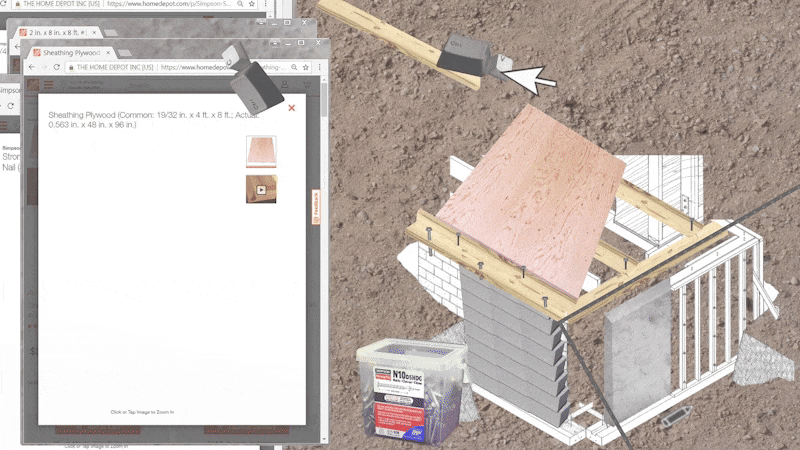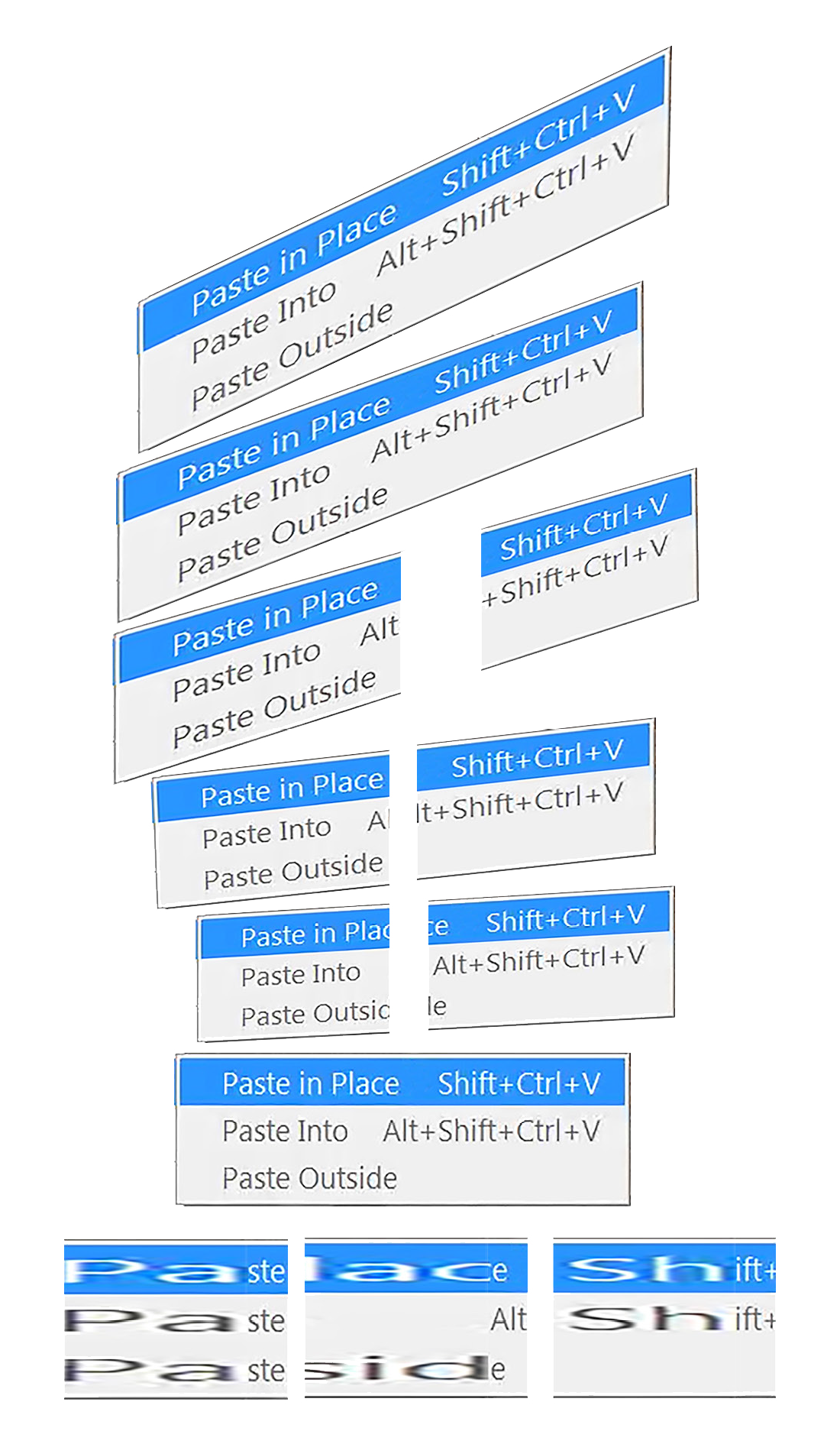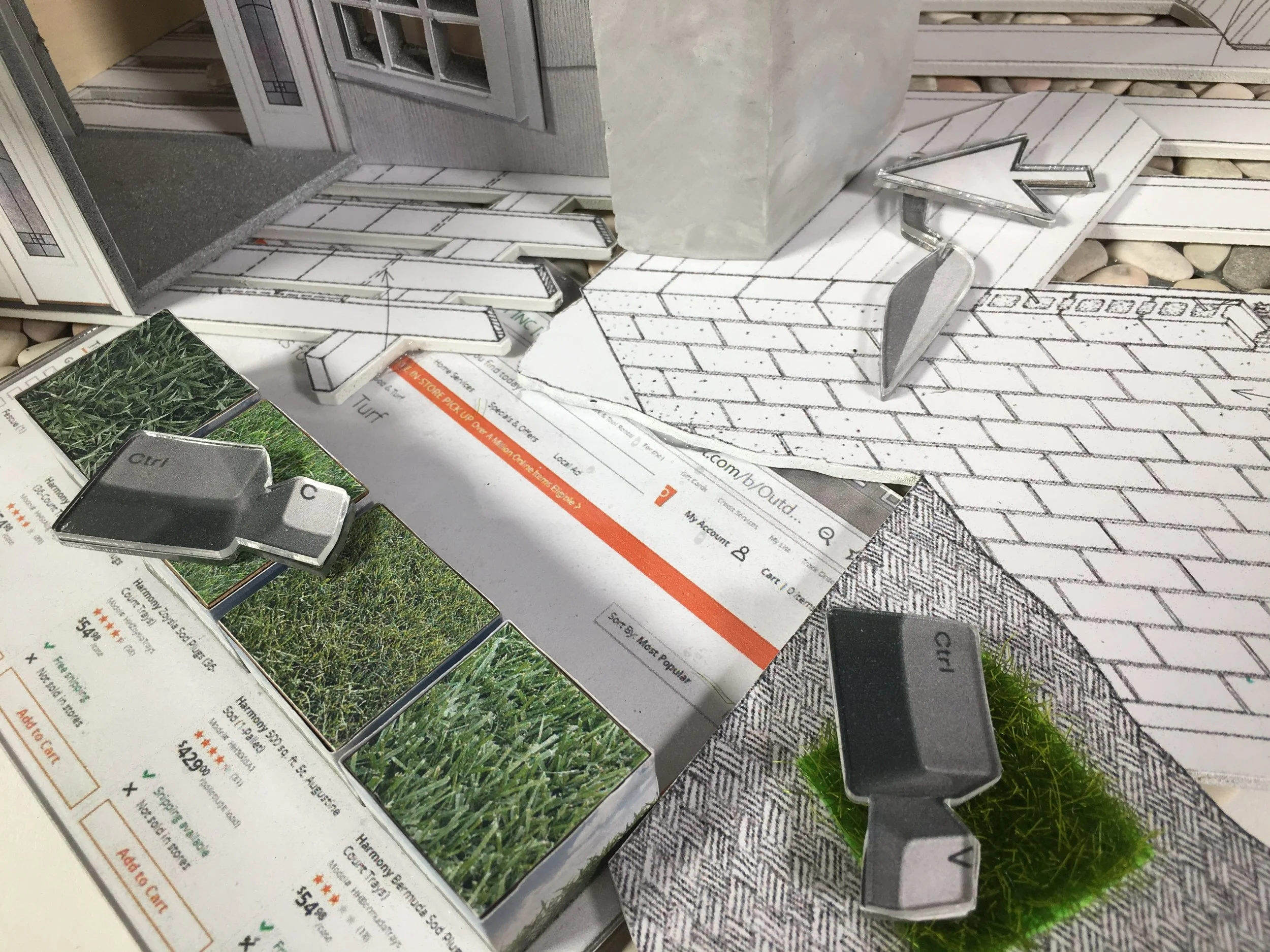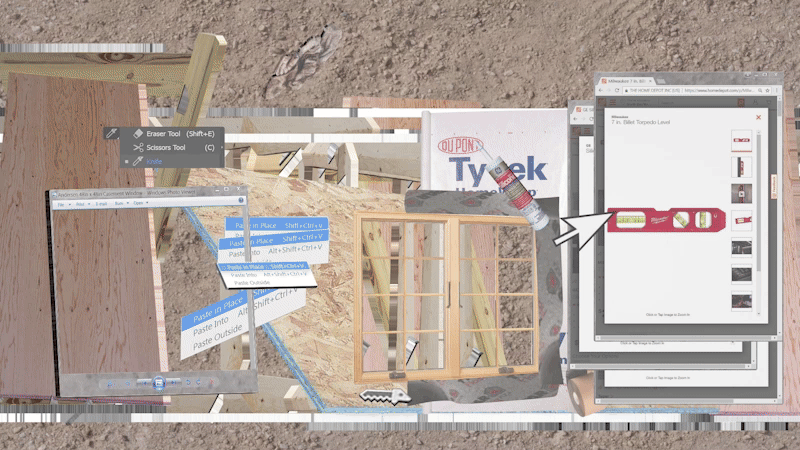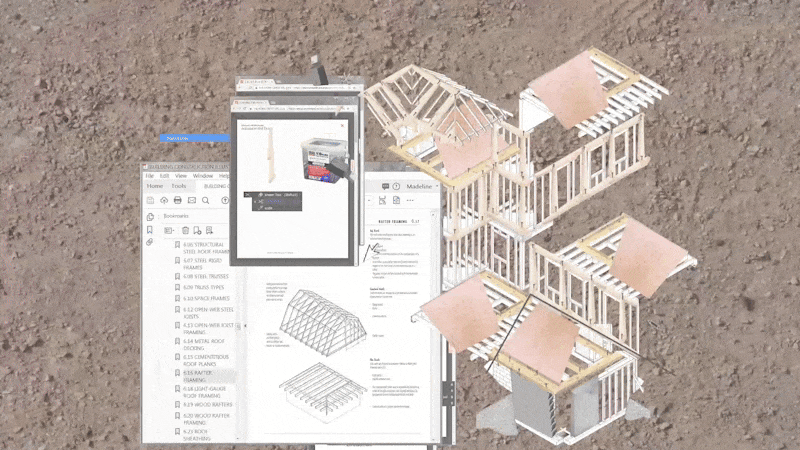
16” ON CENTER
Harvard Graduate School of Design
Master in Architecture Thesis → Critic: Andrew Holder → Spring 2018
Published in GSD Platform 11: Setting the Table
In Buster Keaton’s 1920 short film, One Week, the slapstick comedian endeavors to build a house from a kit of parts. Keaton’s character earnestly sets out to follow the directions provided with his Portable House, but as construction proceeds, many obstacles prevent the process from going as planned. Walls mysteriously rotate, stairs turn into an escalator, and a rigid ceiling becomes a trampoline. Keaton’s misreading of directions rewards him with a wacky version of the original intention. This DIY project celebrates the mechanization of domesticity as Keaton constructs gags around early-20th century technologies.
Today, versions of Keaton’s mail ordered house can be found online. DIY resources have taken to the internet, where countless blogs and how-to videos offer limitless-but-largely-the-same advice.
This thesis attempts to construct a contemporary rendition of Keaton’s house. The desire to contemplate tools and follow directions is maintained, but digital technology replaces mechanical operations.
It ponders the diagrams we reference, tutorials we watch, catalogs we shop and browsers we search.
The project consists of a YouTube channel. The “tutorials” within it follow recommended prescriptions given by fellow DIYers, but they are not only consulted as resources. Instead, instructions are taken literally and used as raw material. Digital landscapes are mined for componentry and computer interface gewgaws inevitably intervene.
Residual digital artifacts are preserved as construction phases are performed.
The project insists on earnestly following advice, but always in the wrong medium.
The design must suffer the consequences of translating from image to Rhino model to animation to YouTube channel and outside the computer to physical edifice. The resulting misfit is something between two-dimensional flatness and three-dimensional depth, virtual space and real place, stage set and suburban home. A construction process is reenacted. A house gets built.
Like Keaton’s wacky home, this Mad house offers an anomalous interpretation of architectural conventions and construction practices. It does so with earnestness and transparency. A faux brick wall wears its falsehood with pride, as flat images stuck on foam insulation. The pink panther is left exposed, attached to studs with a generous about of laser cut glue.
The model does not attempt to deceive you. Digital tools linger as evidence of labor and craft. Amazon shopping carts and Home Depot webpages are preserved as a devotion to the internet. The project ponders the repercussions of shifting media on established practices. It pays homage to the digital age.
YouTube channel of full length tutorials here.
